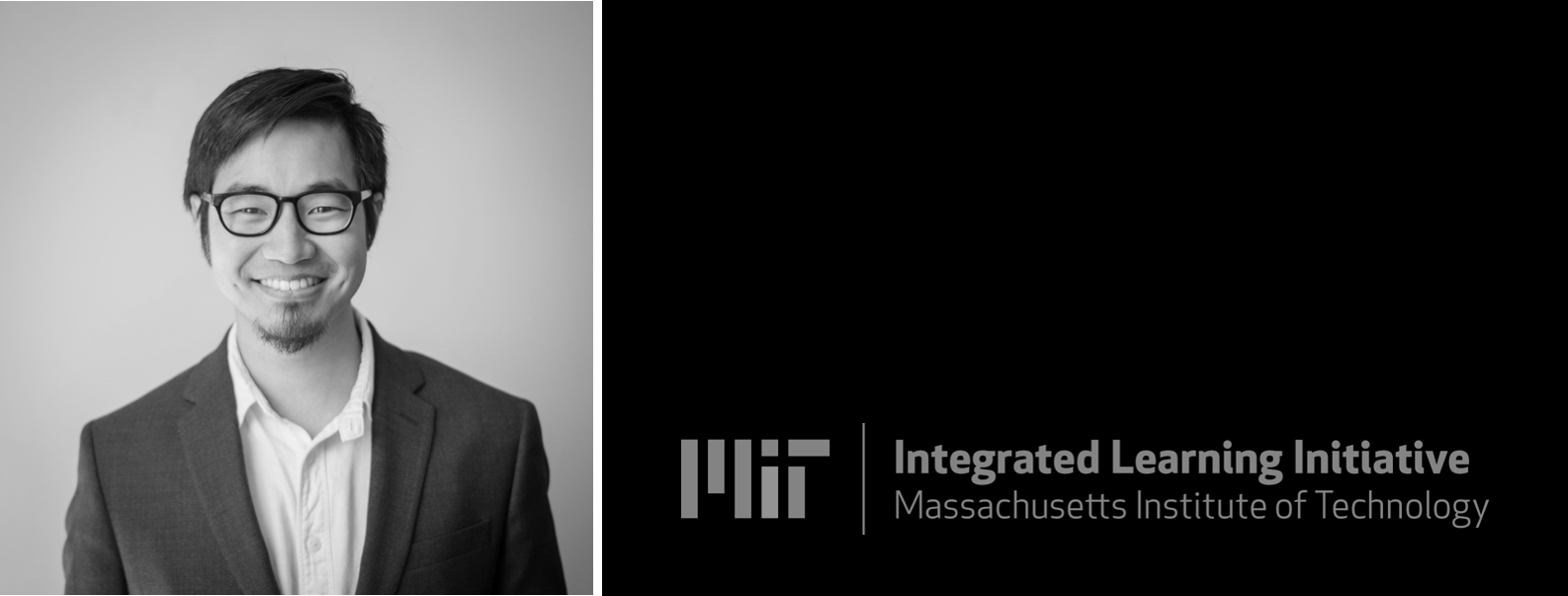
Dr John Liu has taught classes in a number of departments ranging from Mechanical Engineering, Media Lab, and Physics at MIT and universities in Singapore and Taiwan. He is a Lecturer and Researcher in the Mechanical Engineering Department and a Scientist of the MITx Digital Learning Laboratory.
As the former Director of the PoM MicroMasters program, he facilitated a team of faculty and instructors to develop content and innovate manufacturing education at MIT using digital technology. His current interests include engineering education, mixed reality and haptic experiences, workforce solutions to address the nation-wide manufacturing skills gap, open-ended assessments for scalable education settings, instructional design theory for massively open online courses, and medical device design. Dr. Liu earned his B.S. in Applied Physics from Caltech and S.M. and Ph.D. and S.M. in Mechanical Engineering from MIT, under an MIT-SUTD fellowship and NSF Graduate Research Fellowship.
When did you first become interested in engineering and STEM education?
I designed and built a Rube Goldberg machine to learn more about simple machines in 4th grade. I was too little, so I had to dictate the wood cutting and drilling to my father who handled the power tools in our garage—a dynamic duo! There was something about the agency to design something that could dictate motion and transfer energy that brought me a sense of wonder (not that I could have expressed it at the time.)
When I was in high school, my mother pointed out that I had a gift to make complex scientific and technological ideas simple and easy to understand even over the dinner table (she reminds me of this to this day). This really clicked much later when I went to Singapore on fellowship and had the privilege to teach physics and help develop the university’s freshman physics curriculum. Light bulb moments are rewarding, even addictive!
What is your biggest concern with increased online instruction?
My concern about remote learning is not really unique to remote learning. We still have a ways to go, but at MIT we have spent a lot of energy to apply best teaching practices and the learning sciences to how we teach this term. I’m more concerned about all that happens outside of our classes. The best kind of learning is not just an intellectual experience, but a profound emotional and social experience. That’s a challenge when daily rhythms, structures, and even simple in-person interactions that happen throughout the day have been deeply disrupted during this time of social distancing. We need to support our students to recognize and address these realities, whether during or outside class time.
How has COVID effected the way you teach or the way you are able to assess learning outcomes?
I’ve been encouraging instructors in my department to consider de-emphasizing high-stakes one-time summative assessments like the final exam. During remote-learning, this kind of assessment ends up favoring students who can count on stable learning environments, and home stability is not a metric we want to be assessing for. I’ve been encouraging my colleagues to consider other assessments such as distributing low-stakes quizzes, projects, oral exams, or presentations.
Do you have any advice for teachers new to online instruction?
Listen to your students, starting early and often throughout the term. Consider them your partners to collaborate on making your class the most valuable learning experience it can possibly be this term. There’s a common misconception that teachers need to go to the backroom and re-design instruction that students simply consume. If we teach user-feedback as central to the process of designing a product, then how important is student-feedback when designing for a new context? Ask your students—you will find different constraints, challenged assumptions, and new opportunities.
What is your favorite thing about working at MIT?
The people. That’s cliché but it’s true: the people make the place. It’s hard to imagine a place that is more innovative, passionate, imaginative, and tenacious. And that’s because incredible people get together here to commit their mind, hand, and heart to solving big world-class problems.